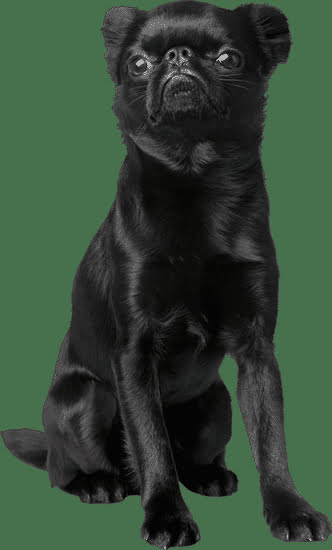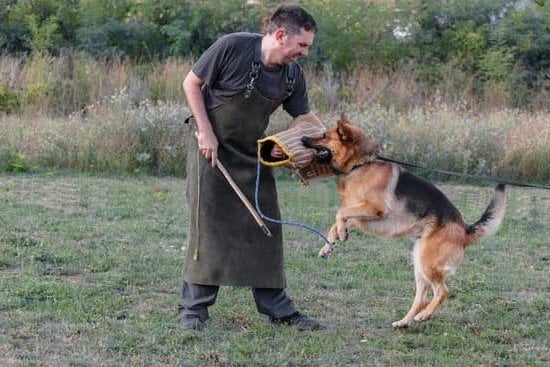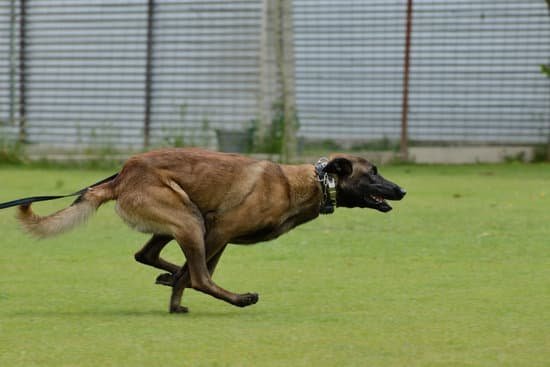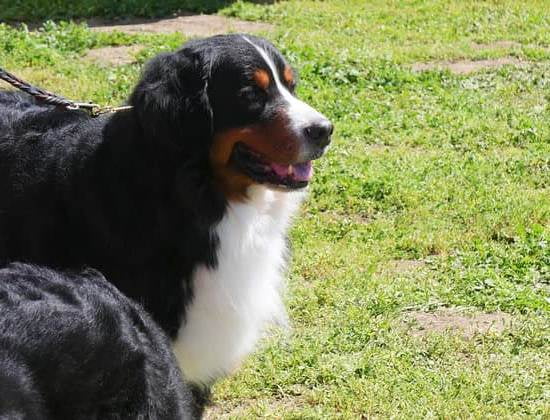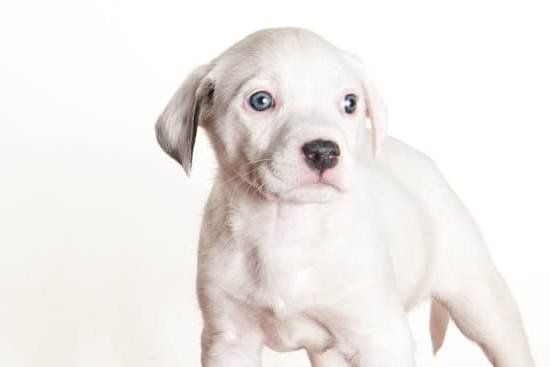Gun dog training is crucial for anyone looking to have a well-behaved and skilled hunting companion. Whether you are new to owning a gun dog or just looking to enhance your current training methods, understanding the importance of proper training is essential. This article will provide an in-depth look at all aspects of gun dog training, from selecting the right breed to finding a professional trainer.
In order to successfully train a gun dog, it is important to first understand the breed’s natural instincts and abilities. Selecting the right breed for gun dog training is crucial, as some breeds are more suited for hunting and retrieving than others. Understanding the characteristics and behaviors of different breeds will ultimately lead to a more successful training experience.
This article will also cover essential commands for gun dog training, basic training techniques, tools and equipment needed, as well as advanced training techniques that go beyond basic obedience. Additionally, common mistakes to avoid in gun dog training will be discussed, along with tips and considerations for finding a professional gun dog trainer. Whether you are new to gun dog ownership or an experienced hunter, this comprehensive guide will provide valuable insights into the world of gun dog training.
Selecting the Right Breed for Gun Dog Training
When it comes to gun dog training, selecting the right breed is crucial for success. Not all dogs are suited for this type of training, so it’s important to choose a breed that has the natural instincts and abilities required for gun dog work. Here are some breeds that are commonly used for gun dog training:
- Labrador Retriever: Known for their intelligence and eagerness to please, Labrador Retrievers are one of the most popular breeds for gun dog training. They excel in retrieving game and have a strong work ethic.
- Golden Retriever: Another popular choice, Golden Retrievers are friendly, trainable, and have a gentle mouth, making them well-suited for retrieving game without causing damage.
- German Shorthaired Pointer: This versatile breed is highly energetic and makes an excellent hunting companion. Known for their athleticism and intelligence, German Shorthaired Pointers are great for both upland and waterfowl hunting.
It’s important to do thorough research on different breeds before making a decision. Consider the specific needs of your hunting style and environment when choosing a breed for gun dog training.
In addition to considering a breed’s natural abilities, it’s also important to take into account the individual characteristics of each dog. Temperament, personality, and trainability all play a role in selecting the right candidate for gun dog training. Once you have chosen a breed that suits your needs, be sure to evaluate each potential dog as an individual to ensure they have the qualities necessary for successful gun dog training.
Essential Commands for Gun Dog Training
When it comes to gun dog training, there are a few essential commands that every owner should focus on teaching their furry companions. These commands are crucial in ensuring that your gun dog is obedient, well-behaved, and safe in the field.
The first essential command to teach your gun dog is “come” or “here.” This command is vital for calling your dog back to you, especially during hunting expeditions when they may be exploring the terrain or chasing after prey. Teaching your dog to come when called can prevent them from getting lost or getting into dangerous situations.
Another important command for gun dog training is “sit.” This command can be incredibly useful when you need your dog to stay still, whether it’s during a hunting trip or just for everyday obedience. It also sets the foundation for other commands such as “stay” and “heel”.
Lastly, the “retrieve” command is fundamental for any gun dog. This is what they are trained to do – retrieve downed game birds. Training this command will not only ensure that your dog brings back the game unharmed but also prevents them from running off with it before you get a chance to collect it.
| Command | Description |
|---|---|
| Come/Here | Teaches the dog to come back when called. |
| Sit | Trains the dog to sit and stay still on command. |
| Retrieve | Instructs the dog to fetch and bring back downed game. |
Tools and Equipment Needed for Gun Dog Training
Gun dog training is an essential component of owning a gun dog, and having the right tools and equipment is crucial for successful training. Whether you are a seasoned hunter or just starting out, investing in the proper gear will make the training process smoother and more effective.
Whistle
A whistle is an indispensable tool for gun dog training. It allows you to communicate commands with your dog from a distance, especially when they are in dense cover or out on a hunt. Whistles come in various pitches and tones, so it’s important to find one that works best for both you and your dog.
Rope or Check Cord
A long rope or check cord is useful for teaching commands such as “come” and “whoa.” It allows you to maintain control of your dog while still giving them freedom to move around during training sessions. This tool is particularly helpful when working on obedience and recall with your gun dog.
Bird Launcher
For those training their gun dogs for hunting, a bird launcher can be an invaluable tool. This device simulates the sound of a gunshot and releases a bird for the dog to retrieve, making it an essential part of advanced gun dog training.
By having these essential tools and equipment, you’ll be well-prepared to embark on successful gun dog training. Investing in quality gear will not only make the training process more efficient but also ensure that your gun dog becomes a skilled and disciplined companion in the field.
Basic Training Techniques for Gun Dogs
Basic training techniques are the foundation of successful gun dog training. These techniques help in establishing obedience, discipline, and readiness for more advanced skills. Whether you are training a retriever, pointer, or spaniel, these basic techniques are essential for building a strong gun dog.
Positive Reinforcement Training
Using positive reinforcement is crucial in teaching your gun dog to perform desired behaviors. Rewards such as treats, praise, and playtime can motivate your dog to listen and follow commands. This technique not only helps in building a strong bond between you and your dog but also makes the learning process enjoyable for your pet.
Socialization
Socialization is an important aspect of gun dog training. Introducing your dog to different environments, people, and other animals at an early age helps in developing their confidence and adaptability. This exposure prepares them for hunting or retrieving tasks in various settings.
Consistency in Commands
Consistency is key when it comes to training gun dogs. Using the same commands and gestures for each desired action helps your dog understand what is expected of them. Consistent communication allows them to learn faster and respond appropriately during hunting or retrieving activities.
By incorporating these basic training techniques into your gun dog’s routine, you can lay a solid foundation for their development as a skilled hunting companion. Remember that patience, consistency, and positive reinforcement are essential elements of successful gun dog training. Mastering these basics will pave the way for more advanced skills as your gun dog progresses in their training journey.
Advanced Training for Gun Dogs
When it comes to advanced gun dog training, there are a variety of skills that you’ll want your dog to hone in order to become an efficient hunting companion. This type of training goes beyond basic commands and focuses on specific tasks related to hunting. Advanced gun dog training may include honing the skills required for retrieving game, navigating terrain, and remaining calm and focused in the field.
One of the most important aspects of advanced gun dog training is teaching the dog proper retrieving techniques. This involves being able to retrieve shot game, from small birds to larger animals like ducks or pheasants. The dog needs to be trained not only on how to find and pick up their prey but also on how to properly bring it back without damaging it.
In addition to retrieving, advanced gun dog training also involves teaching the dog how to hunt effectively with its owner. This includes using scent tracking skills and understanding signals from their human companion during a hunt. Advanced gun dogs should understand how to work around water as well as navigate heavily wooded areas efficiently, making them versatile hunting companions.
| Advanced Gun Dog Training Skills | Training Tips |
|---|---|
| Proper retrieving techniques | Use decoys and scent trails during training sessions. |
| Hunting effectively with their owner | Practice hunting simulations in different terrains. |
| Navigating water and wooded areas | Expose dogs gradually to varying terrain challenges. |
Common Mistakes to Avoid in Gun Dog Training
When it comes to gun dog training, there are several common mistakes that many owners make. Avoiding these mistakes can help ensure that your gun dog training is successful and that your canine companion becomes a skilled and well-behaved hunting partner.
Here are some common mistakes to avoid in gun dog training:
- Skipping Basic Obedience Training: Before diving into specialized gun dog training, it’s important to ensure that your dog has a strong foundation in basic obedience commands such as sit, stay, come, and heel. Skipping this step can lead to confusion and frustration for both you and your dog during more advanced training.
- Using Punishment-Based Training Methods: Punishing a gun dog for not performing as expected can have negative consequences, leading to fear or aggression. It’s crucial to use positive reinforcement techniques such as treats, praise, and toys to encourage desired behaviors.
- Not Consistently Reinforcing Commands: Inconsistency in training can lead to confusion for the dog. It’s essential for all members of the household to be on the same page when it comes to commands and expectations for the gun dog. Consistent reinforcement will help solidify the desired behaviors.
Avoiding these common mistakes will set the stage for successful gun dog training. Following a carefully planned approach with patience, consistency, and positive reinforcement will help you develop a well-trained gun dog that is ready for hunting season.
Finding a Professional Gun Dog Trainer
In conclusion, gun dog training is a crucial aspect of owning a hunting dog. Not only does proper training ensure the safety and success of hunting trips, but it also strengthens the bond between the owner and their four-legged companion. Understanding the importance of gun dog training is essential for any aspiring hunter, as it sets the foundation for a well-behaved and effective hunting partner.
Selecting the right breed for gun dog training is key in ensuring that the dog possesses the natural instincts and abilities required for hunting. Whether it’s a retriever, pointer, or spaniel, choosing a breed that aligns with your specific hunting needs is paramount. Equally important are the essential commands and basic training techniques that form the groundwork for successful gun dog training.
Moreover, advanced training for gun dogs, from refining retrieving skills to honing in on hunting abilities, takes time and patience. Avoiding common mistakes in gun dog training can make all the difference in the effectiveness of your dog in field work.
And lastly, finding a professional gun dog trainer with experience and expertise can guide both you and your furry friend through this specialized training process. With dedication, consistency, and proper guidance, any owner can develop their gun dog into a reliable hunting companion.
Frequently Asked Questions
Is Gun Dog Training Good for Dogs?
Gun dog training can be very beneficial for dogs, especially for breeds that are naturally inclined to hunt and retrieve. This type of training provides mental stimulation, physical exercise, and a sense of purpose for the dog.
Can You Train Your Own Gun Dog?
Yes, it is possible to train your own gun dog with dedication, patience, and the right resources. However, it’s important to have a good understanding of the specific traits and behaviors required for gun dog work and to start training early in the dog’s life.
What Are the Basic Commands of the Gundog?
The basic commands for gundogs typically include sit, stay, heel, come, fetch/retrieve, and drop (release). These commands are essential for effective hunting and retrieving work. Consistent and clear communication is crucial in training these commands effectively.

Welcome to the blog! I am a professional dog trainer and have been working with dogs for many years. In this blog, I will be discussing various topics related to dog training, including tips, tricks, and advice. I hope you find this information helpful and informative. Thanks for reading!

